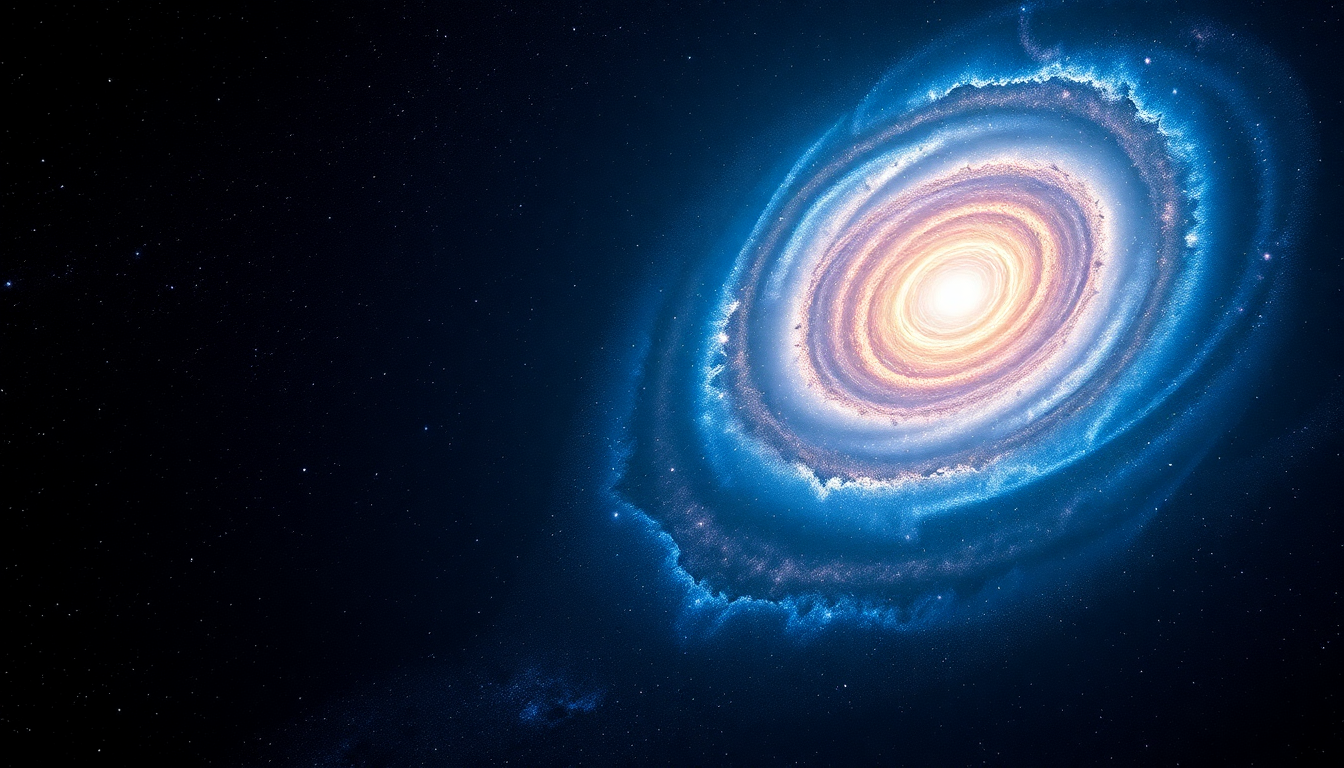Table of Contents
Have you ever gazed up at the night sky and wondered what lies beyond our own Milky Way? Recent advancements in astronomy have given us a breathtaking view of our nearest spiral galaxy, the Andromeda Galaxy. This stunning composite image, a product of collaboration between NASA and various international space agencies, brings together data from over a dozen telescopes around the globe. Situated about 2.5 million light-years away from Earth, Andromeda, or Messier 31, has intrigued astronomers for over a century, particularly since Edwin Hubble began significant observations in 1923. In this article, we’ll explore what these new findings reveal about Andromeda’s structure and evolution. Ready to dive into the cosmos?
The Evolution and Structure of Andromeda
Understanding Andromeda’s evolution and structure is essential, especially since it shares many traits with our own Milky Way. The latest images blend data from multiple sources, including X-ray observations from NASA’s Chandra telescope and the European Space Agency’s XMM-Newton spacecraft. Each type of light captured offers unique insights into the galaxy’s makeup. For example, the X-rays from Chandra highlight high-energy radiation surrounding the supermassive black hole at the galaxy’s heart, along with a scattering of smaller, dense celestial objects throughout Andromeda.
One of the great advantages of studying Andromeda is its clarity. Unlike the Milky Way, which is tough to observe due to our position within it and the interference of dust and gas, Andromeda presents a clearer view. This unobstructed perspective allows astronomers to study its features in much greater detail, leading to a deeper understanding of its composition and dynamics. Isn’t it fascinating how our vantage point shapes our understanding of the universe?
The Ongoing Mysteries of Andromeda
Yet, despite the incredible information these images provide, many mysteries still surround Andromeda. One of the biggest questions is about the elusive dark matter that permeates the galaxy. Understanding how dark matter interacts with visible matter and shapes galactic structures is crucial to unraveling the broader cosmic puzzle.
Andromeda is thought to host hundreds of billions of stars, which raises the tantalizing possibility that it could contain trillions of planets. However, even with our most advanced telescopes, pinpointing individual planets or stars in detail remains a challenge due to the staggering distances involved. Excitingly, the upcoming Nancy Grace Roman Space Telescope, set to launch in 2027, promises to enhance our understanding of galaxies like Andromeda, boasting a field of view 100 times larger than that of the Hubble Space Telescope. Can you imagine the discoveries that await us?
Future Perspectives on Andromeda
As we continue to explore the cosmos, the insights gained from studying the Andromeda Galaxy will undoubtedly be vital in enhancing our understanding of galaxy formation and evolution. With a blend of historical observations and cutting-edge technology, we are entering a new era of astronomical research. The mysteries of Andromeda are more than just academic curiosities; they could reshape our understanding of the universe and our place within it.
In conclusion, the new composite image of the Andromeda Galaxy not only showcases the beauty of our galactic neighbor but also emphasizes the ongoing quest to uncover its secrets. As astronomers harness advanced technology and collaborate across borders, we can anticipate thrilling discoveries that will deepen our knowledge of both Andromeda and the cosmos at large. Are you ready to journey through the stars?


